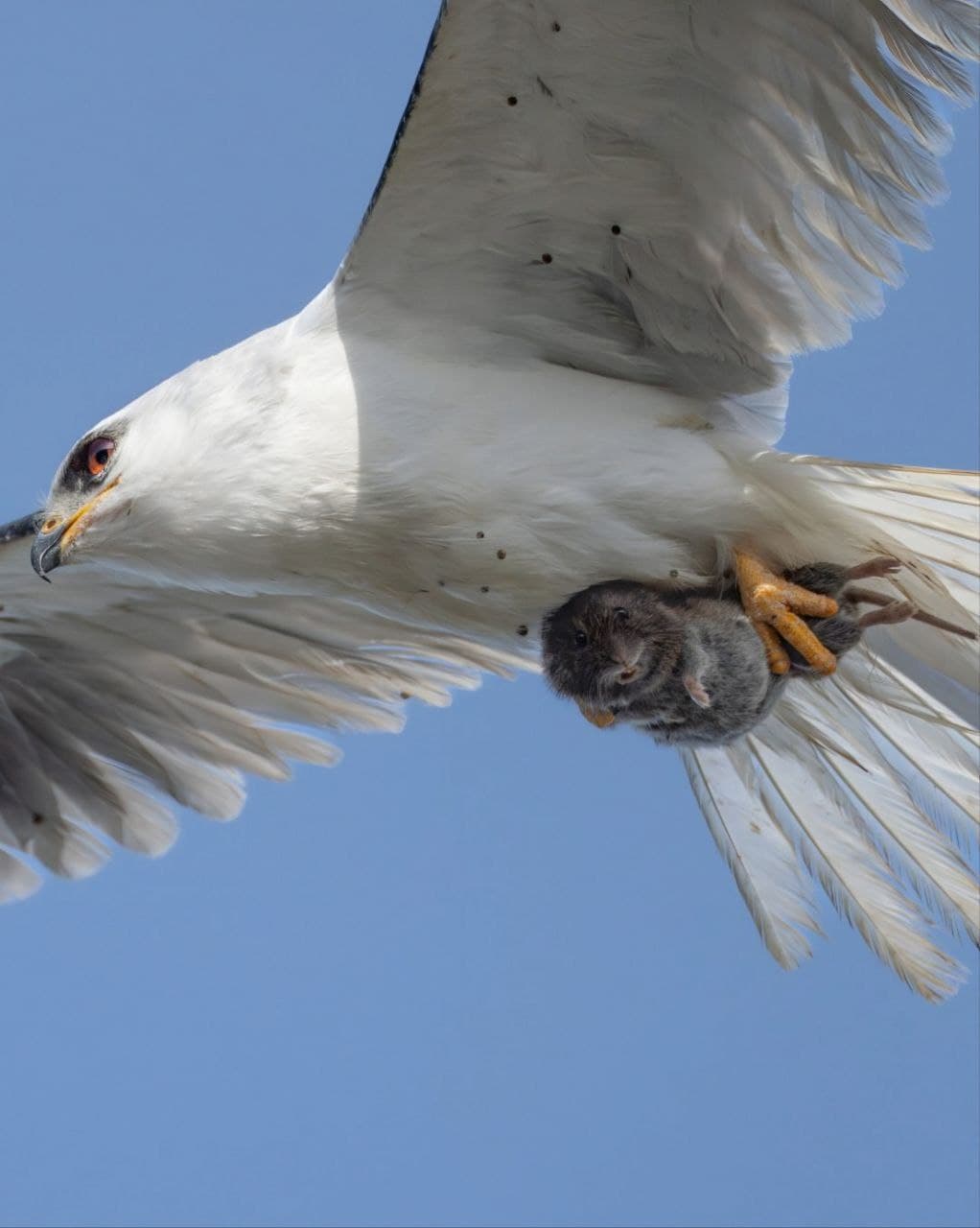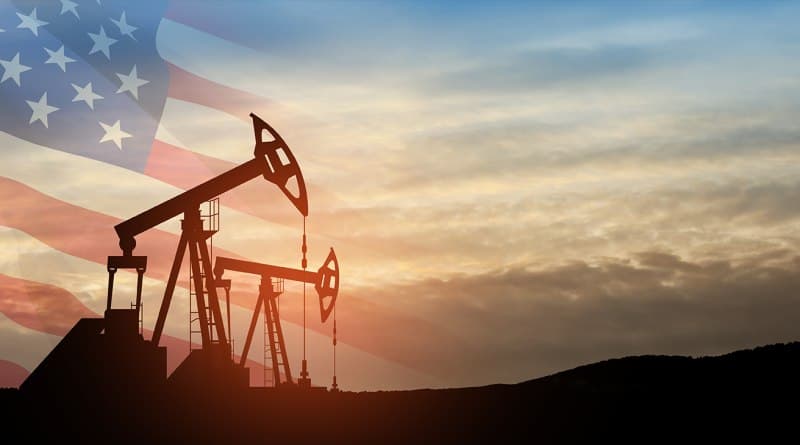Predator vs. Prey: Captivating Image Reflects Nature"s Struggle for Survival
In a striking visual captured by wildlife photographer Sha Lu, a tiny prey animal finds itself ensnared in the claws of a predator, gazing directly into the lens of the camera. This powerful image not only showcases the raw and often brutal dynamics of nature but also serves as a poignant metaphor for the struggles faced by marginalized communities in our society. As we delve into the implications of this photograph, it becomes clear that the themes of survival, vulnerability, and resilience resonate deeply within the frameworks of democracy, civil rights, and social justice.
The Struggle for Survival in Nature
Sha Lu’s photograph provides an intimate glimpse into the natural world, where the predator-prey relationship epitomizes the fundamental law of survival. The prey, small and seemingly helpless, represents those who often bear the brunt of larger, more powerful forces. This dynamic is not just limited to the animal kingdom; it mirrors the socio-economic disparities present in our society today. The reality is stark: just as the prey is at the mercy of its predator, so too are marginalized communities often subject to the whims of systemic inequalities.
In ecosystems, the balance between predator and prey is crucial for maintaining health and sustainability. However, when this balance is disrupted—whether through environmental degradation, climate change, or human intervention—it can lead to devastating consequences. Similarly, when economic and social systems fail to protect the most vulnerable among us, it creates a cycle of inequality that can perpetuate poverty and disenfranchisement.
Marginalized Communities and Economic Inequality
The implications of this predator-prey dynamic extend beyond the natural world and into the very fabric of our society. As economic inequality continues to widen, we see a clear parallel between the struggles of the prey and the experiences of marginalized communities. According to a report by the Economic Policy Institute, the wealth gap in the United States has reached historic levels, disproportionately affecting communities of color and low-income families.
“The concentration of wealth in the hands of a few is akin to the predator’s grip on its prey,”
states Dr. Angela Reyes, a social economist at the Institute for Social Justice. “Just as the prey is vulnerable to the predator, marginalized communities are at risk due to policies that favor the wealthy and overlook the needs of the many.”
Progressive taxation, which aims to redistribute wealth more equitably, is one potential solution to address these disparities. By ensuring that those who have benefited the most from our economic system contribute a fair share, we can begin to level the playing field and create a more just society. This approach not only uplifts marginalized communities but also strengthens democratic values by fostering a sense of shared responsibility and collective progress.
The Role of Democracy and Civil Rights
The power dynamics illustrated in Lu’s photograph are also reflected in the political landscape. In a healthy democracy, every voice should be heard, and every citizen should have equal access to resources and opportunities. However, the reality is that many individuals and communities are systematically silenced or ignored. This disenfranchisement can take many forms, from voter suppression tactics to socioeconomic barriers that prevent access to quality education and healthcare.
As we confront these challenges, it is essential to recognize how they intersect with the predator-prey metaphor. Just as the predator dominates its prey, oppressive systems can dominate and marginalize vulnerable populations. This underscores the urgent need for progressive policies that protect civil rights and empower individuals to advocate for themselves and their communities.
Social Justice: A Collective Responsibility
Social justice is about more than just addressing individual grievances; it is about dismantling the structures that perpetuate inequality. As we reflect on Lu’s captivating image, we are reminded that the fight for justice is an ongoing struggle—one that requires collective action and solidarity. By standing up against systemic injustices, we can work toward a future where all individuals, regardless of their background, can thrive.
“In nature, the prey may seem powerless, but there is strength in numbers,”
notes environmental activist Maria Lopez. “Similarly, when communities unite to advocate for change, they can challenge the systems that seek to oppress them.”
Through grassroots movements, community organizing, and advocacy for equitable policies, we can disrupt the status quo and create a more inclusive society. This is not just a moral imperative; it is necessary for the health of our democracy and the well-being of our planet.
A Call to Action
As we contemplate the vivid imagery captured by Sha Lu, let us also consider the broader implications of the predator-prey relationship in our society. It is a call to action for each of us to engage in conversations about economic inequality, civil rights, and social justice. We must hold our leaders accountable, push for progressive taxation, and support initiatives that uplift marginalized communities.
In the struggle for survival—both in nature and society—there is hope. By recognizing our interconnectedness and the shared responsibility we have toward one another, we can forge a path toward a more equitable future. Together, we can transform the narrative from one of predator and prey to one of collaboration and empowerment.
In the words of Dr. Reyes,
“When we lift each other up, we create a world where everyone has the opportunity to flourish.”
Let us be the change-makers in this ongoing struggle, ensuring that no one is left behind in the fight for justice and equality.


![[Video] Hayli Gubbi volcano in Ethiopia erupts for first time in thousands of years](/_next/image?url=%2Fapi%2Fimage%2Fthumbnails%2Fthumbnail-1763974873320-6wjm4c-thumbnail.jpg&w=3840&q=75)
![[Video] Ethiopia's Hayli Gubbi volcano erupts for first time in 10,000 years](/_next/image?url=%2Fapi%2Fimage%2Fthumbnails%2Fthumbnail-1763962878020-1g659v-thumbnail.jpg&w=3840&q=75)



![[Video] AG Pam Bondi announces National Guard deployment to major cities](/_next/image?url=%2Fapi%2Fimage%2Fthumbnails%2Fthumbnail-1764570647822-2ntma-thumbnail.jpg&w=3840&q=75)
![[Video] Trump clarifies warning on Venezuelan airspace, denies imminent airstrike](/_next/image?url=%2Fapi%2Fimage%2Fthumbnails%2Fthumbnail-1764566443219-7y8osh-thumbnail.jpg&w=3840&q=75)